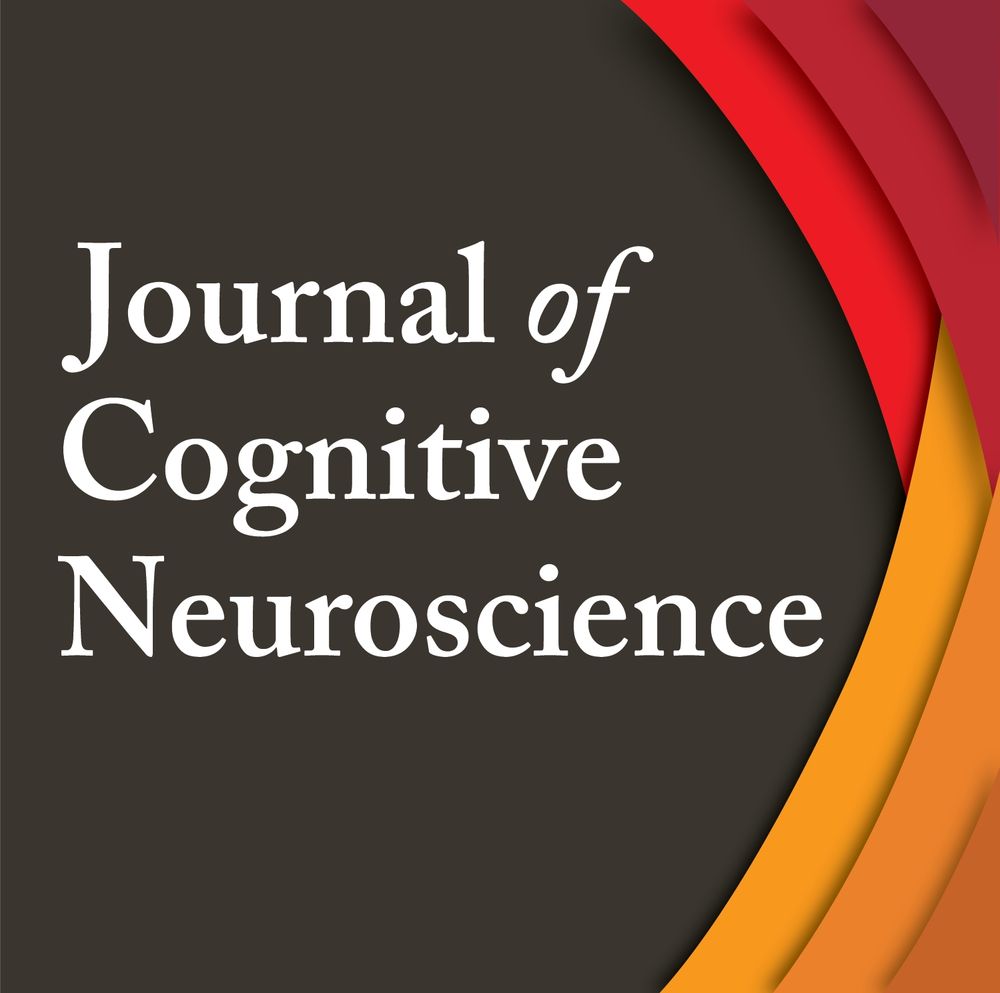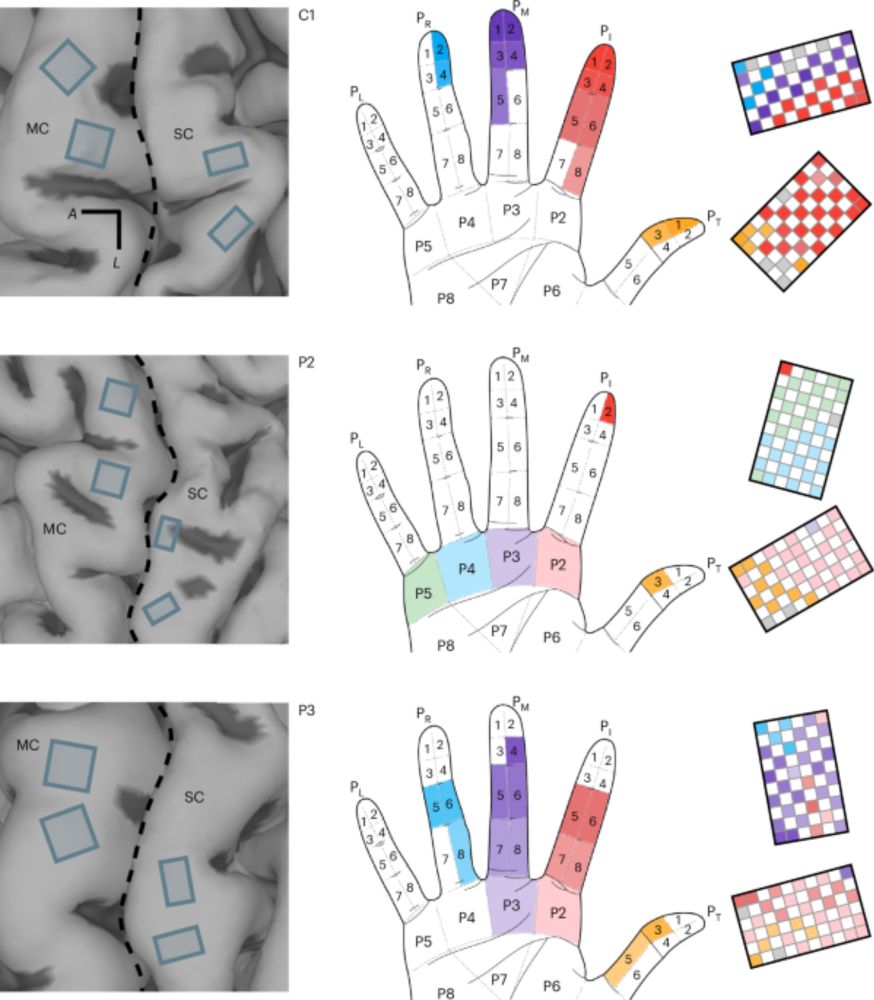Nice to know that I'm in good company! I'd like to help out but also there are A LOT of questions in the survey...
23.10.2025 15:34 — 👍 1 🔁 0 💬 0 📌 0
“To sustain the latest iteration of the AI con, the industry relies on anthropomorphic sleight of hand – claiming that models “think,” “reason,” and “learn” to suggest cognitive abilities they demonstrably lack and may never develop.“
19.10.2025 21:15 — 👍 37 🔁 13 💬 1 📌 0

TMSMultiLab survey
TMSMultiLab is a community of ~70 researchers using transcranial magnetic stimulation (TMS). We aim to share methods code and data, to reach consensus & encourage best practice in TMS research methods...
To find out about how #TMS #BrainStim users collect, analyse & share their data, we've made a very brief TMS survey:
forms.gle/83Abpj5F8qzd...
It should take you less than 5 minutes & does not ask for any personal information.
We'll use the answers to plan our future work.
Please share!
🙏🙏🙏
⚡
10.10.2025 11:33 — 👍 7 🔁 11 💬 0 📌 3

Table 1
Core reasoning issues (first column), which we name after the relevant numbered section, are characterised using a plausible quote. In the second column are responses per row; also see the named section for further reading, context, and explanations.
See paper for full details: ** Guest, O., & van Rooij, I. (2025, October 4). Critical Artificial Intelligence Literacy for Psychologists. https://doi.org/10.31234/osf.io/dkrgj_v1
🌟 New preprint 🌟, by @olivia.science and me:
📝 Guest, O., & van Rooij, I. (2025). *Critical Artificial Intelligence Literacy for Psychologists*. doi.org/10.31234/osf...
🧪
04.10.2025 18:46 — 👍 75 🔁 29 💬 2 📌 2

We're now up to 29 labs across 16 countries for our replication project! There is still room for more labs to join us. We are particularly seeking labs capable of testing native English speakers, though all labs are welcome to participate. For more information: rolfzwaan.substack.com/p/memory-mis...
11.09.2025 08:36 — 👍 2 🔁 4 💬 2 📌 1

Abstract: Under the banner of progress, products have been uncritically adopted or
even imposed on users — in past centuries with tobacco and combustion engines, and in
the 21st with social media. For these collective blunders, we now regret our involvement or
apathy as scientists, and society struggles to put the genie back in the bottle. Currently, we
are similarly entangled with artificial intelligence (AI) technology. For example, software updates are rolled out seamlessly and non-consensually, Microsoft Office is bundled with chatbots, and we, our students, and our employers have had no say, as it is not
considered a valid position to reject AI technologies in our teaching and research. This
is why in June 2025, we co-authored an Open Letter calling on our employers to reverse
and rethink their stance on uncritically adopting AI technologies. In this position piece,
we expound on why universities must take their role seriously toa) counter the technology
industry’s marketing, hype, and harm; and to b) safeguard higher education, critical
thinking, expertise, academic freedom, and scientific integrity. We include pointers to
relevant work to further inform our colleagues.

Figure 1. A cartoon set theoretic view on various terms (see Table 1) used when discussing the superset AI
(black outline, hatched background): LLMs are in orange; ANNs are in magenta; generative models are
in blue; and finally, chatbots are in green. Where these intersect, the colours reflect that, e.g. generative adversarial network (GAN) and Boltzmann machine (BM) models are in the purple subset because they are
both generative and ANNs. In the case of proprietary closed source models, e.g. OpenAI’s ChatGPT and
Apple’s Siri, we cannot verify their implementation and so academics can only make educated guesses (cf.
Dingemanse 2025). Undefined terms used above: BERT (Devlin et al. 2019); AlexNet (Krizhevsky et al.
2017); A.L.I.C.E. (Wallace 2009); ELIZA (Weizenbaum 1966); Jabberwacky (Twist 2003); linear discriminant analysis (LDA); quadratic discriminant analysis (QDA).

Table 1. Below some of the typical terminological disarray is untangled. Importantly, none of these terms
are orthogonal nor do they exclusively pick out the types of products we may wish to critique or proscribe.

Protecting the Ecosystem of Human Knowledge: Five Principles
Finally! 🤩 Our position piece: Against the Uncritical Adoption of 'AI' Technologies in Academia:
doi.org/10.5281/zeno...
We unpick the tech industry’s marketing, hype, & harm; and we argue for safeguarding higher education, critical
thinking, expertise, academic freedom, & scientific integrity.
1/n
06.09.2025 08:13 — 👍 3292 🔁 1678 💬 102 📌 293
Ooh interesting - different methods of assessing TMS responses give quite different answers. Relevant for @tmsmultilab.bsky.social!
09.06.2025 08:55 — 👍 3 🔁 3 💬 0 📌 0
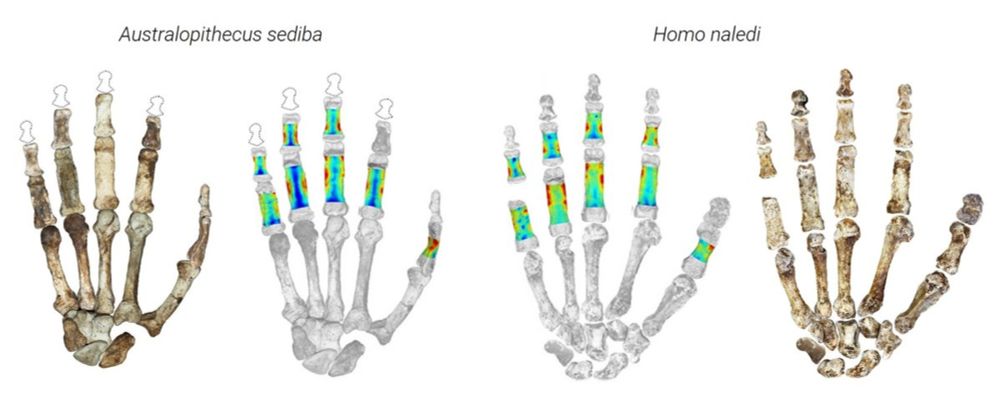
Different ways of ‘getting a grip’
Researchers uncover new evidence of how ancient human relatives in South Africa used their hands, revealing varying levels of dexterity and climbing ability
Different ways of ‘getting a grip’. How ancient human relatives in South Africa used their #hands reveals varying levels of dexterity & climbing ability. New study by a team led by Samar Syeda & @tracykivell.bsky.social. #hominins #evolution @amnh.org tinyurl.com/mwk5eb63 & doi.org/10.1126/scia...
15.05.2025 07:03 — 👍 4 🔁 3 💬 0 📌 0
Amazing opportunity alert!
28.04.2025 07:59 — 👍 2 🔁 1 💬 0 📌 0
At Reviewer Zero, we're passionate about helping early career researchers navigate the challenges of the peer review system. If you're an early career researcher in psych & neuro and feel stuck & need advice for a manuscript, check out this opportunity!
18.03.2025 16:13 — 👍 34 🔁 18 💬 3 📌 1
Informal poll: if you're testing emotion recognition in your lab using faces, do you think it necessary to also believe in 1:1 mapping of emotion & expression? Or do you think that's not a thing, but you're happy to test recognition as correct or not, nonetheless? #affectsci #neuroskyence
13.03.2025 11:46 — 👍 10 🔁 3 💬 2 📌 0
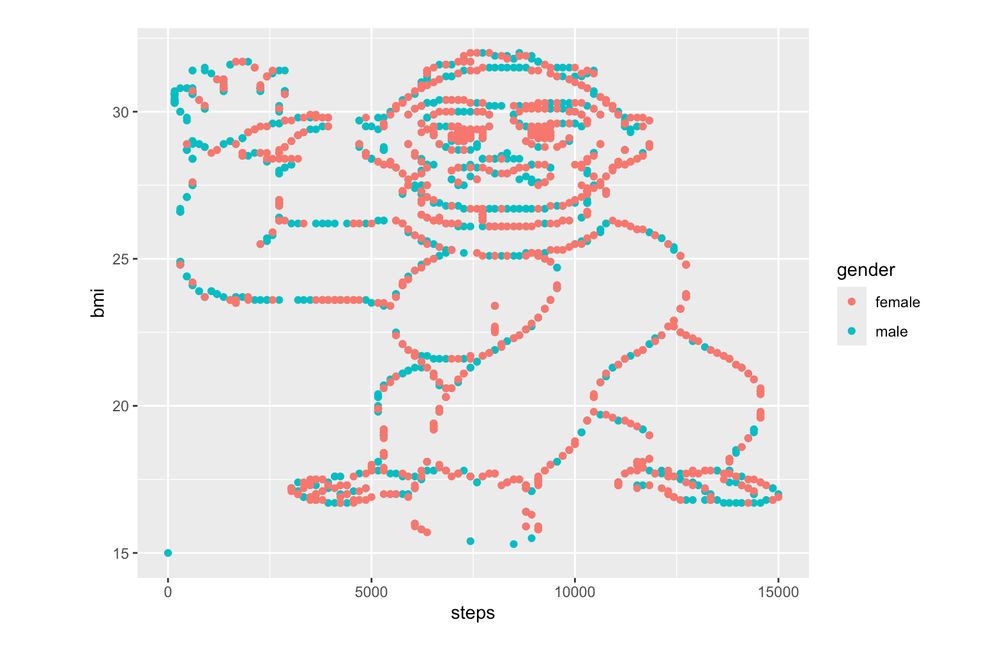
"Your AI can’t see gorillas!"
A few years ago we found that students are more likely to see the gorilla in their data if they are not also asked to test a specific hypothesis. In his blog Chiraag Gohel now shows that Chat-GPT can’t help you to find it either.
chiraaggohel.com/posts/llms-e...
28.02.2025 07:14 — 👍 22 🔁 11 💬 2 📌 0

INTRODUCTION
Modern-Day Oracles or Bullshit Machines?
Jevin West (@jevinwest.bsky.social) and I have spent the last eight months developing the course on large language models (LLMs) that we think every college freshman needs to take.
thebullshitmachines.com
04.02.2025 16:12 — 👍 2579 🔁 962 💬 165 📌 234
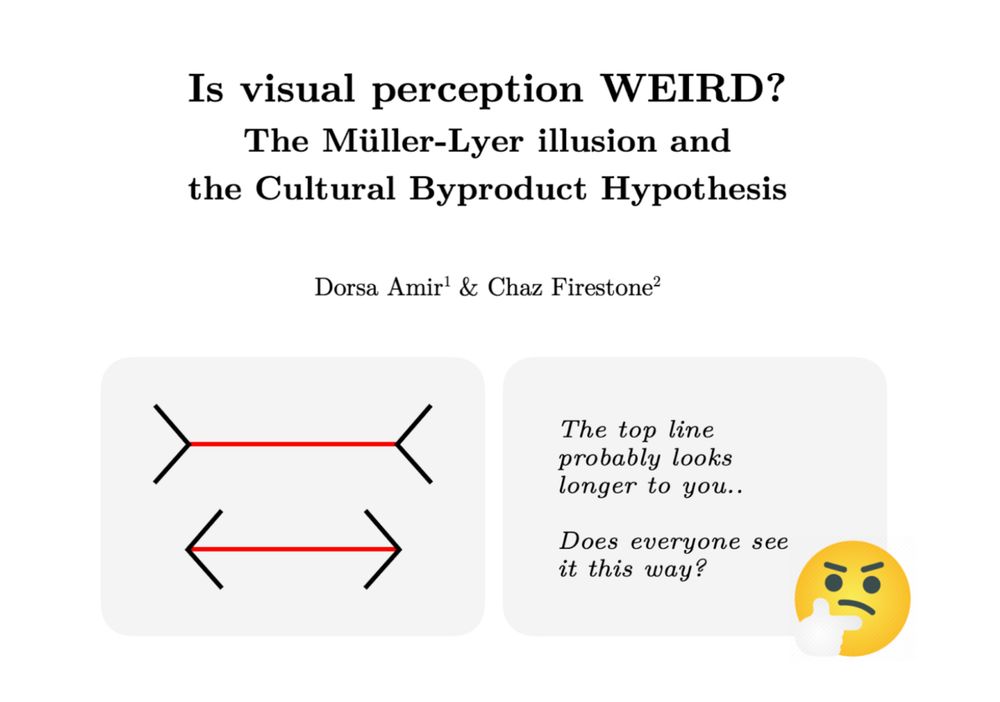
Does the culture you grow up in shape the way you see the world? In a new Psych Review paper, @chazfirestone.bsky.social & I tackle this centuries-old question using the Müller-Lyer illusion as a case study. Come think through one of history's mysteries with us🧵(1/13):
25.01.2025 22:05 — 👍 1093 🔁 423 💬 33 📌 79
Come and work with us and do a PhD with on a very exciting project #neurojobs
15.01.2025 09:34 — 👍 3 🔁 5 💬 0 📌 0
Thank you!
12.01.2025 08:06 — 👍 0 🔁 0 💬 0 📌 0
Brilliant! Please could you add me?
10.01.2025 21:14 — 👍 1 🔁 0 💬 1 📌 0
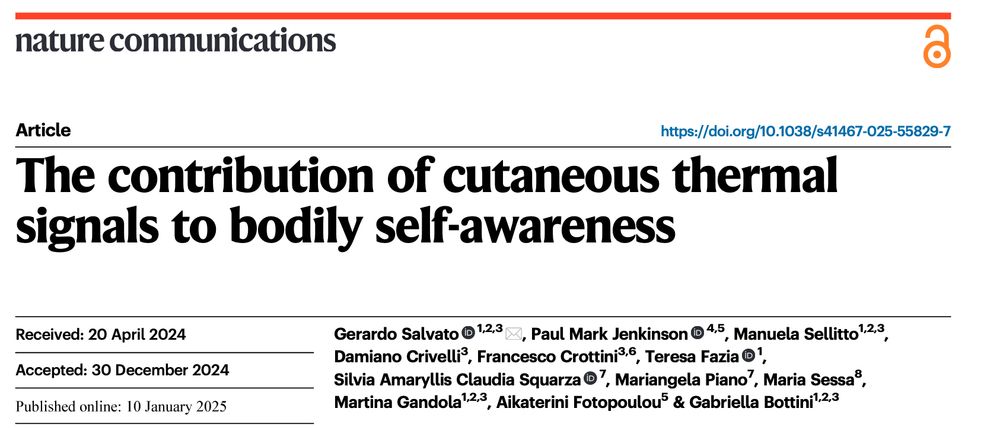
Cold hands, altered ownership? We link disturbed body ownership in stroke patients to reduced hand temperature and impaired thermoception. The right Insula & Parietal hubs are key players. We are excited to share our new findings
@naturecomms.bsky.social
▶️ rdcu.be/d5SDU
10.01.2025 15:39 — 👍 28 🔁 10 💬 3 📌 5
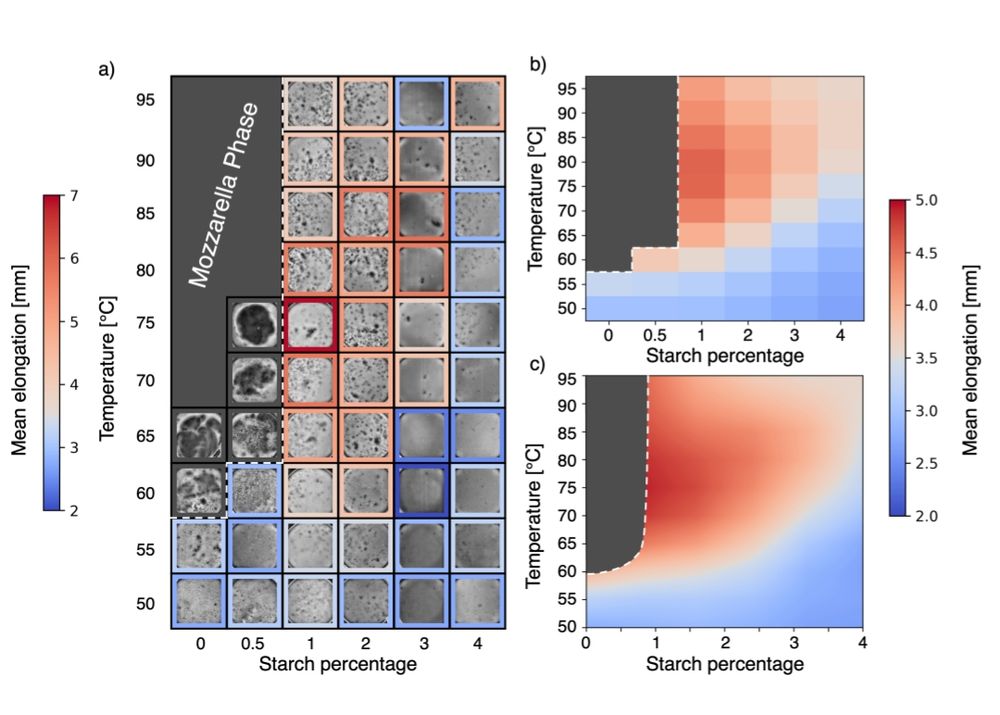
1/n Some time ago my colleague, excellent cook, and friend Ivan told me: "Cacio e pepe is the recipe that I screw up more often. Let's make a project studying systematically the physics of that sauce".
Prepare to get cheesy, I'm glad to share the Cacio e paper preprint:
arxiv.org/abs/2501.00536
04.01.2025 09:33 — 👍 498 🔁 167 💬 25 📌 68
Big NIBS Data
A free and open-access platform for sharing NIBS data and code
📣It is an exciting day at the CNU, several of our team have been working on a NIBS data repository and have now officially launched 'Big NIBS data'-an open-access platform and repository for non-invasive brain stimulation data! See here: bignibsdata.com.
(also see preprint: osf.io/preprints/os...)
16.12.2024 04:02 — 👍 9 🔁 6 💬 0 📌 1
Yes
12.12.2024 07:29 — 👍 11 🔁 4 💬 1 📌 0
There’s an interesting narrative on cultural evolution emerging here.
Naive (Western) individuals intuitively suck at knots. As shown by this cool new experimental work—but also something I’ve noticed as an outdoors hobbyist.
10.12.2024 06:30 — 👍 18 🔁 6 💬 2 📌 0
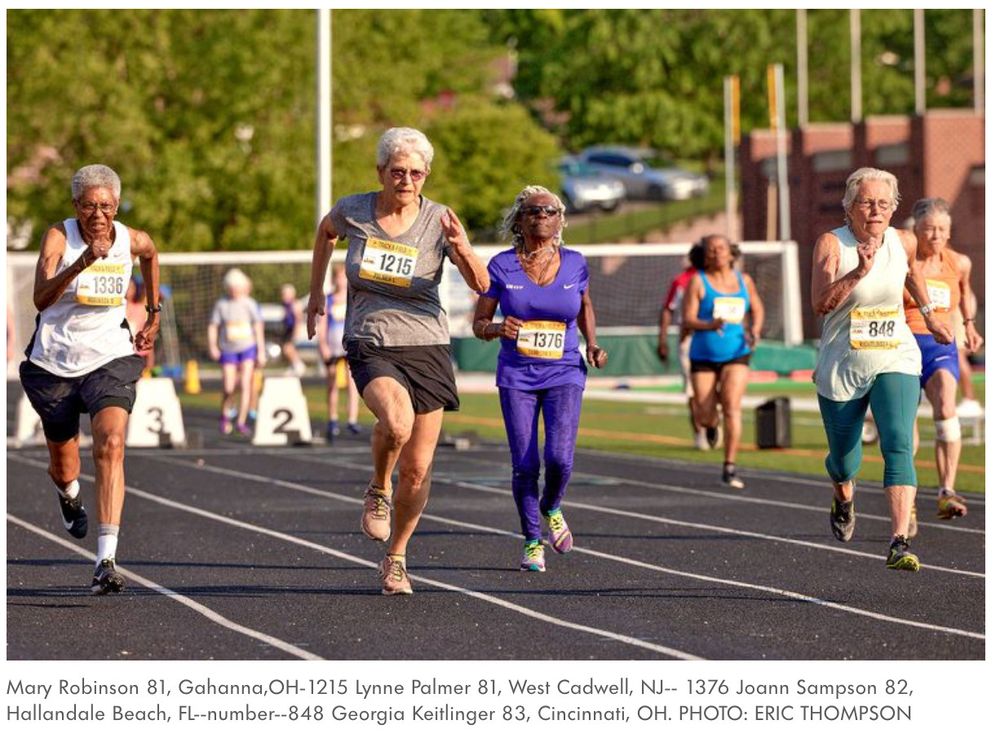
Older women participating to a race at the Senior Games 2023.
⚠️ New preprint !
« Social determinants of cognitive aging trajectories across 39 countries »
Some people in their 80s have cognitive abilities similar to many 30-year-olds, others are severely diminished.
How comes?
www.medrxiv.org/content/10.1...
A short 🧵👇 1/7
09.12.2024 10:51 — 👍 34 🔁 13 💬 1 📌 4
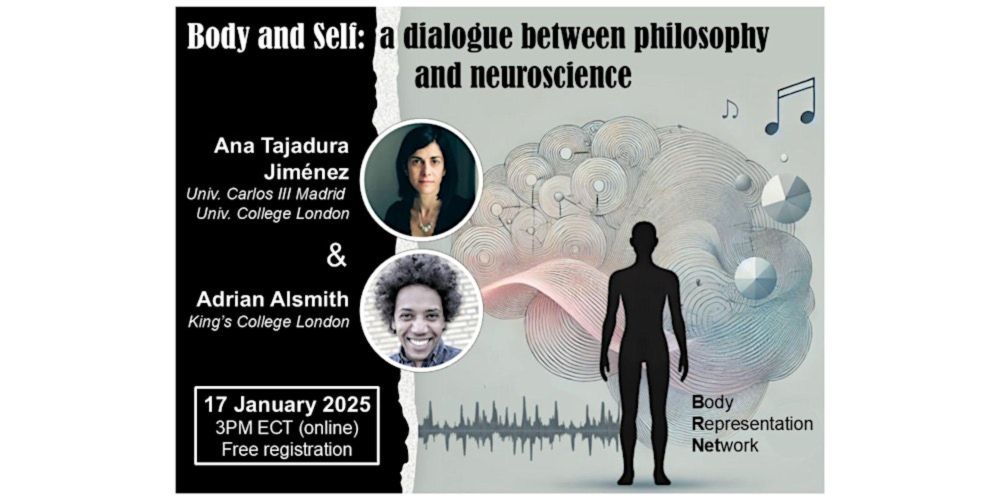
Body and self: a dialogue between philosophy and neuroscience
Join us for the next BRNet seminar with Ana Tajadura-Jiménez and Adrian Alsmith.
🚨 Save the Date! 🚨
Join the next #BRNet Seminar:
💭 Body and Self: A Dialogue Between Philosophy and Neuroscience with @anatajadura.bsky.social & Adrian Alsmith.
📅 Jan 17, 2025
📍 Online
🎟️ Reserve your spot today: shorturl.at/nl3Ur
#Body #Philosophy #Neuroscience #Research
04.12.2024 10:28 — 👍 21 🔁 13 💬 2 📌 3
new pre-print led by @vittrebicky.bsky.social in which we highlight the importance of methods reporting for photographic stimuli.
👇see 🧵
29.11.2024 09:16 — 👍 4 🔁 1 💬 0 📌 0
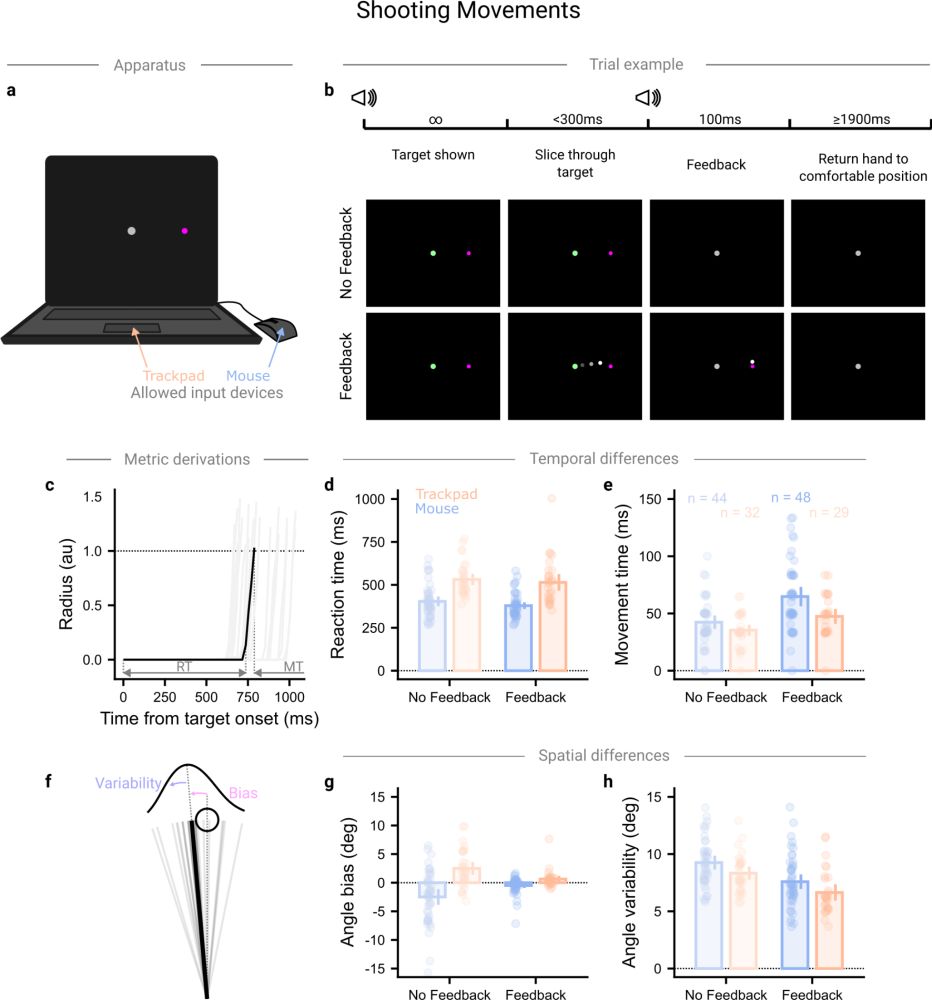
Input device matters for measures of behaviour in online experiments - Psychological Research
Studies of perception, cognition, and action increasingly rely on measures derived from the movements of a cursor to investigate how psychological processes unfold over time. This method is one of the...
Now published: doi.org/10.1007/s004...
We demonstrate that cursor movements differ depending on the input device used in online experiments. Given that cursor movements are increasingly used to investigate ongoing perceptual, cognitive, and motoric processes, it is an important variable to consider
29.11.2024 09:46 — 👍 18 🔁 10 💬 0 📌 1

When you are using matlab and you want to get the square root of the result of the most recent command line operation.
28.11.2024 22:47 — 👍 91 🔁 11 💬 5 📌 3
Postdoc at Aix-Marseille University - Cognitive Neuroscience
Entertained by the neural control of skilled action. Assistant Professor | Dept. of Human Physiology | University of Oregon | https://pages.uoregon.edu/mmar/
Cognitive Neuroscience | M/EEG | Self-touch | Postdoc @ Karolinska
Experimental anthropologist, cognitive scientist, dad, author of Ritual: How seemingly senseless acts make life worth living
Psychology and neuroscience of body representation, multisensory perception, pain, & movement. Psychology and CCNS at @unisalzburg.bsky.social
🏳️🌈🦊✋🏻🧠🏔🎶
Protecting and restoring habitats, saving species and helping end the nature and climate emergency in Scotland.
Filling these blue skies with birds, and saving nature while doing it.
🦅🦆🦉🐦🐤🐧
Our Website: https://brnw.ch/21wQQ1O
Cover photo: Michael Sanders 📷
The MoDI Lab brings together research at the University of Surrey investigating motor development and its impact across the lifespan.
https://www.surrey.ac.uk/motor-development-and-impact-lab
Interested in constructive memory processes | UCSC Memory & Metacognition Lab | Carleton College ‘24 | isabelfolger.com
I'm a lecturer at The University of Stirling researching face perception, social judgements, partner choice, and other things.
Postdoc researcher at #TUDresden working on social touch, interpersonal synchrony and VR
PhD Student at the University of Bath | Neuropsychology | Movement Perception and Understanding | Brain Stimulation | Open Science | https://tms-rat.org/
CoSAN PhD student - Aglioti Lab - Sapienza University
Postdoctoral researcher at CIMeC, Uni of Trento.
PhD, School of Psychology, Uni of Nottingham @thehandlab.bsky.social
Part (and proud) of TMSMultiLab @tmsmultilab.bsky.social
A collective of printmakers from across Scotland - working together to develop and share printmaking.
Festival of Printmaking 15-17 Aug 2025. University of Stirling.
www.printmakersofscotland.com
Director, Centre for the Sciences of Place & Memory, Stirling Uni, Scotland. Skill, memory, embodied cognition, philosophy, cognitive history, cricket, music, collaboration, wayfinding. Leverhulme International Prof: johnsutton.net & placememory.net
Led by @suttonprofessor.bsky.social and Deputy Director Professor Paula Reavey, the Centre @stir.ac.uk is a dynamic, collaborative, interdisciplinary research project advancing knowledge in relations between place and memory - placememory.net
Linguist (syn-sem-prag interface) • gesture & dance in human & non-human primates • cross-linguistic diversity • evolutionary biology
Professor of Linguistics, University of Oslo 🇬🇧🇳🇴🌱 PhD Linguistics MIT
Views expressed are mine, repost ≠ endorsement
You can find announcements and updates about the 28th Annual Meeting of the Association for the Scientific Study of Consciousness #ASSC28 | For newsletter subscription visit the www.assc2025.gr











